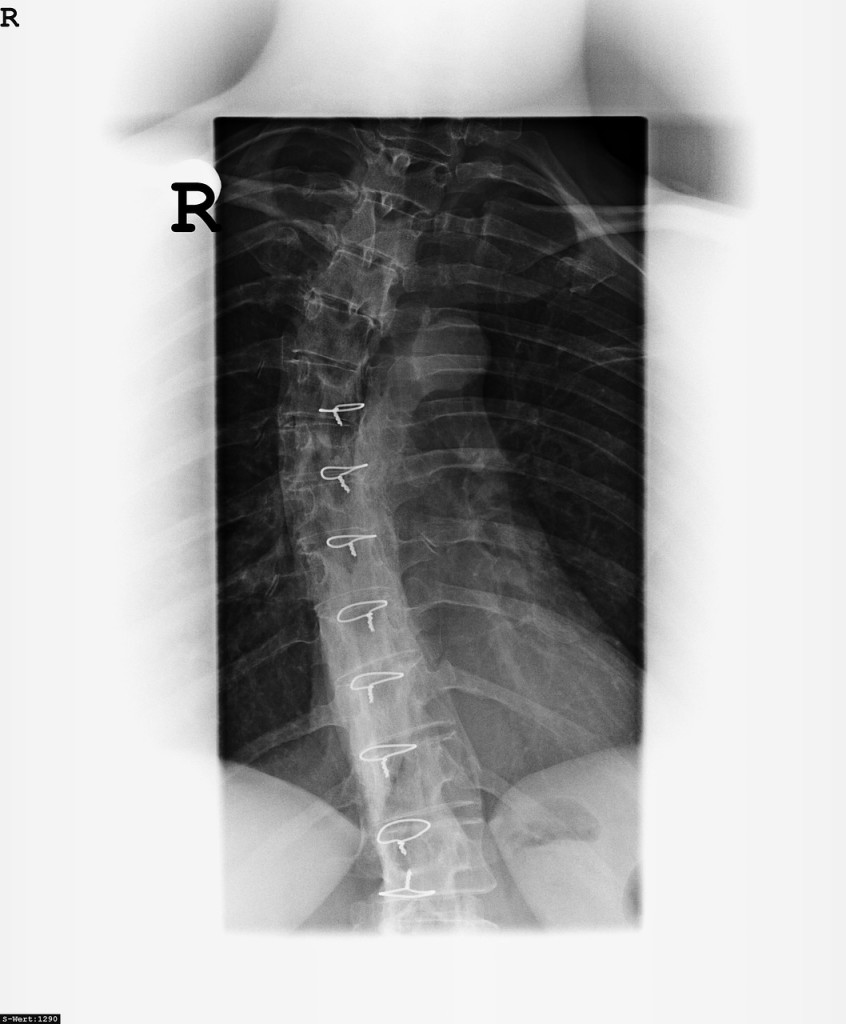Ten Tips to Help Relieve Discomfort and Prevent Further Injury
Do you have numbness, tingling in the extremities, or radiating pain in your back? You may have disc trouble, or specifically a bulging disc.
Spinal discs separate the spinal vertebrae. They are round and flat and each attaches to the vertebrae above and below. They have a fibrous outer shell with a gelatinous inner core and they act as shock absorbers. Spinal discs allow movement of the back. Because the spine is subjected to many stresses it is susceptible to pain due to disc damage. This can be from aging or from injuries.
People with poor posture habits are particularly susceptible to developing back trouble from a bulging disc which contacts the nerves running near them. Symptoms of a bulging disc become evident when the bulge puts pressure on the nerve root and causes radiating pain from the point of pressure outward. Symptoms are worse when you bend forward, twist, cough, sneeze, but they typically diminish when resting.
The location of the bulging disc and the severity of the bulge are factors that affect where you feel the pain and the intensity of it. A bulging disc in the neck can cause tingling, pain, and numbness in the shoulders, arms and hands. A bulging disc in the thoracic area will cause pain and numbness to spread to the chest and upper thighs. A bulging disc in the lumbar area will cause pain and tingling in legs, feet and buttocks.
A doctor must determine and make a diagnosis that it’s a bulging disc and should supervise your treatment. Do not guess and do not self-diagnose.
However, there are some guidelines you can follow to improve mobility and lessen your discomfort from disc trouble as you heal.
Here are ten tips to help with pain from disc trouble.
- If your doctor gives approval for you to take over-counter pain medication with anti-inflammatory properties, take (nsaids) ibuprophen.
- If you doctors gives the OK, you many do light abdominal exercises (the internet is good source). Pelvic tilts, knee to chest stretch and the bridge are recommended.
- Lift with the legs whenever you are lifting any object with some weight to it. Do not bend at the waist and lift with your arms and back. Squat down using the large muscles in the legs; be sure your weight is centered and that the object is close to your body before lifting.
- Avoid any twisting of the back. Exit your auto by rotating pelvis to the open door, and then place both legs down at same time.
- Avoid bending forward at the waist. It strains the back.
- Walk with you head raised to avoid a slouching posture.
- Concentrate on walking erectly and slightly tightening your abdominals.
- When moving any heavy object, push, don’t pull. This will engage your leg muscles, whereas pulling tends to engage the back muscles.
- Use of a support belt may aid in correct posture.
- Use a rolled towel to slightly elevate your knees if you are sleeping on your back.
Contact us for information on what products might ease your discomfort from disc trouble
Please note, RelaxoBak does not treat, mitigate or diagnose any form of disease or back injury. Anything in this article is not to be construed as medical advice.
You must receive diagnosis and treatment from a medical professional. However, the article is meant to compliment what your doctor has advised.


Recent Comments